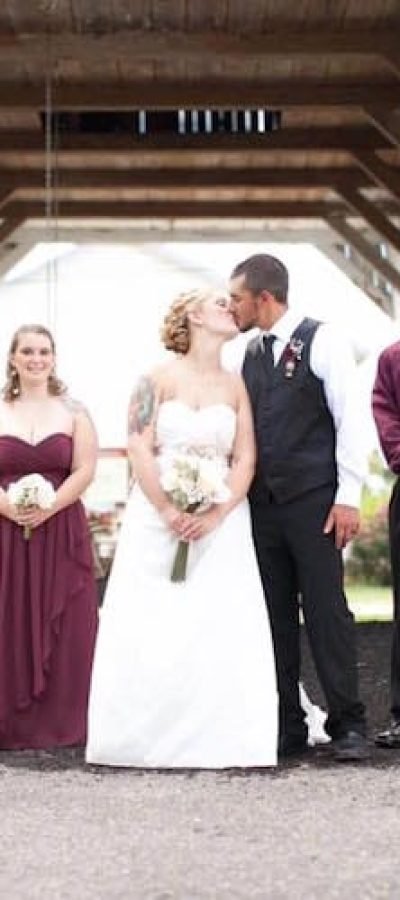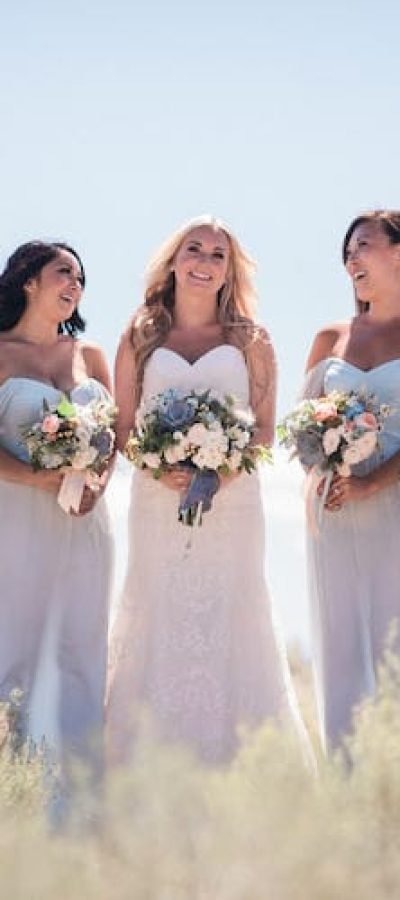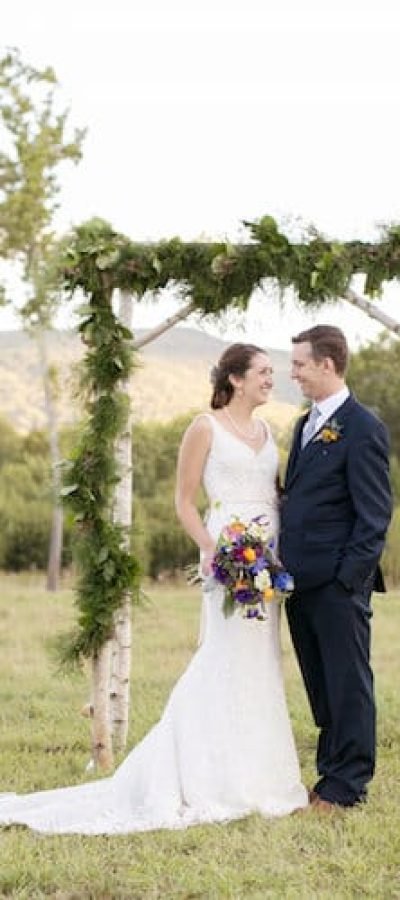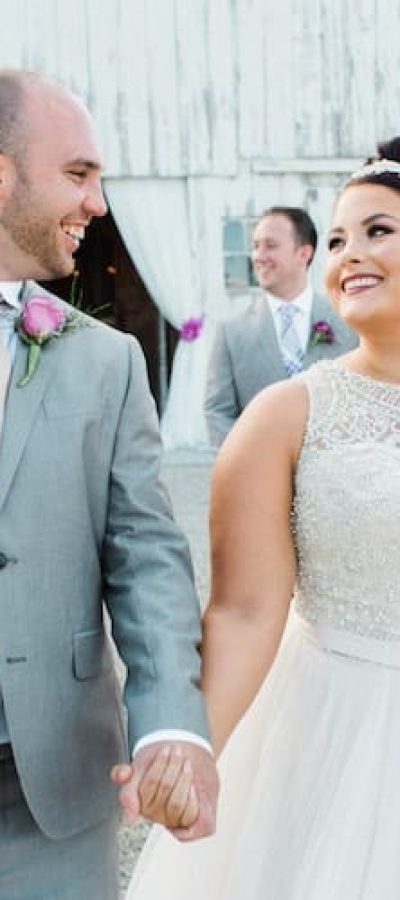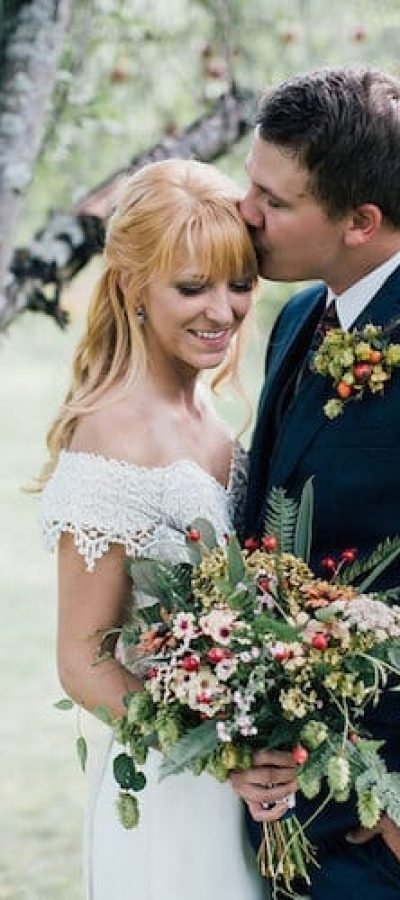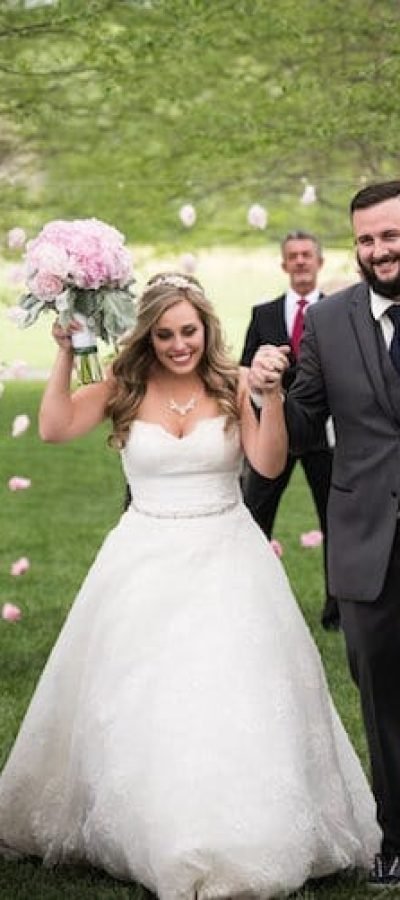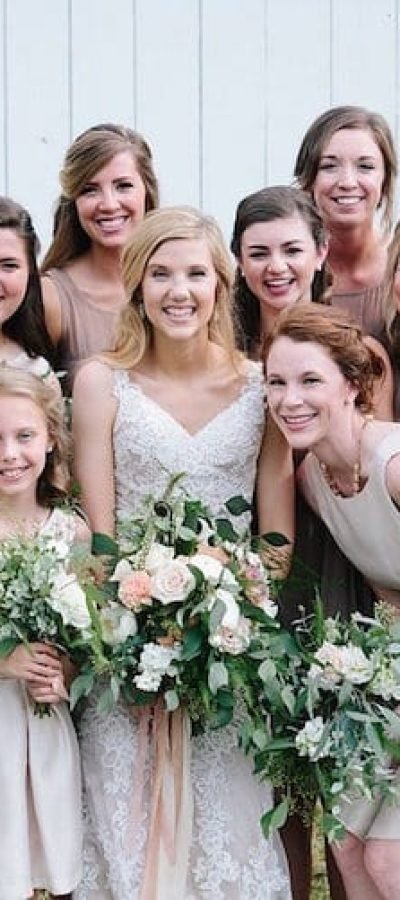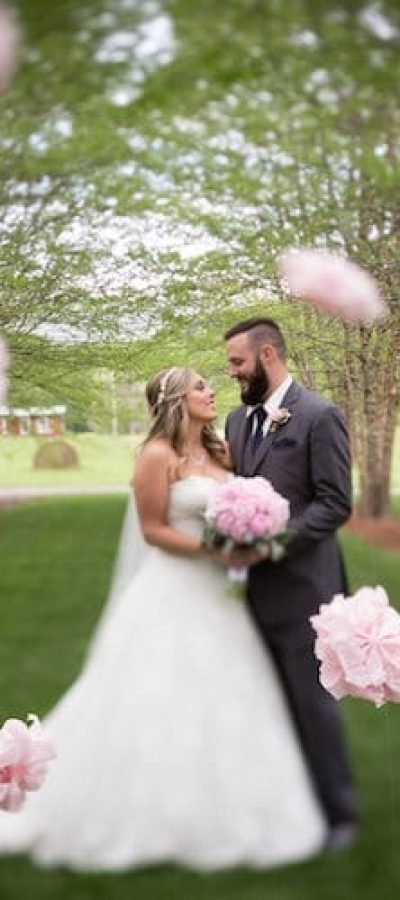Next to love, money may be the biggest single component of a wedding. And while we’ve come a long way since the days when the bride’s family paid a dowry for the privilege of marrying her off. But that doesn’t mean discussions about the costs of uniting two people in marriage have gotten any simpler.
Traditionally, the bride and her family incur most of the wedding expenses. Modern attitudes are changing though, and many couples are footing the bill themselves. We’re also seeing families splitting the bill evenly more and more, a welcome reflection of today’s equal partnerships.
To give you a baseline for making your own budget decisions, below is a list of who traditionally pays for what.
Feel free to take it to heart, mold it to your needs, or throw it out the window and devise your own plan. All that really matters is that everyone’s comfortable with their contribution to the big day.
Bride and family
Ceremony: venue, music
Reception: food, drink, band or DJ, décor
Clothing: bride’s dress, veil, accessories, honeymoon wardrobe
Flowers: arrangements for ceremony and reception, bouquets for bridesmaids and flower girls
Photography: all wedding photos and video
Rings: groom’s ring
Stationery: invitations, announcements and programs
Transportation: to and from ceremony and reception
Pre-wedding events: engagement party, luncheon for bridesmaids
Groom and family
Ceremony: marriage license, officiant’s fee
Clothing: groom’s outfit
Flowers: bride’s bouquet, boutonnieres, corsages
Honeymoon: all costs
Rings: bride’s ring
Pre-wedding events: rehearsal dinner


